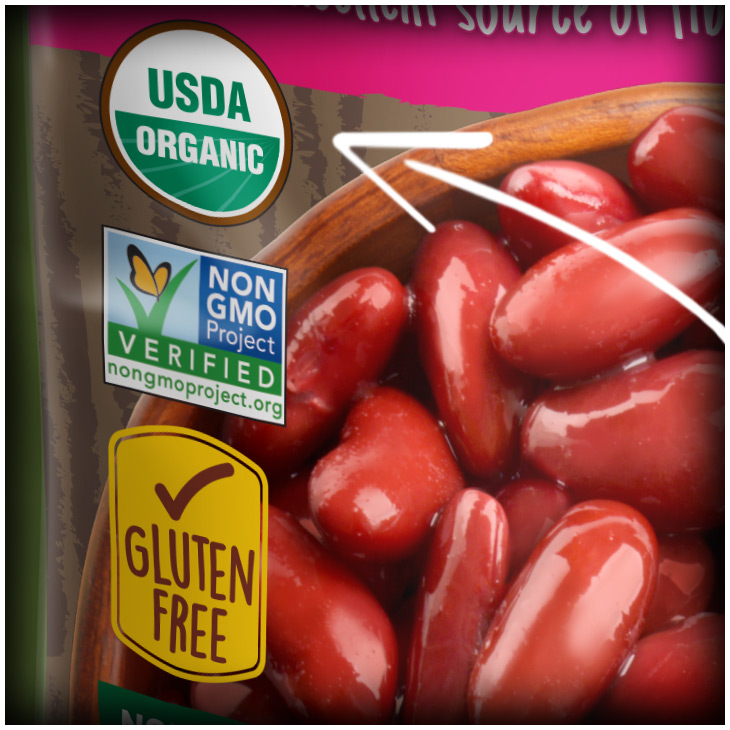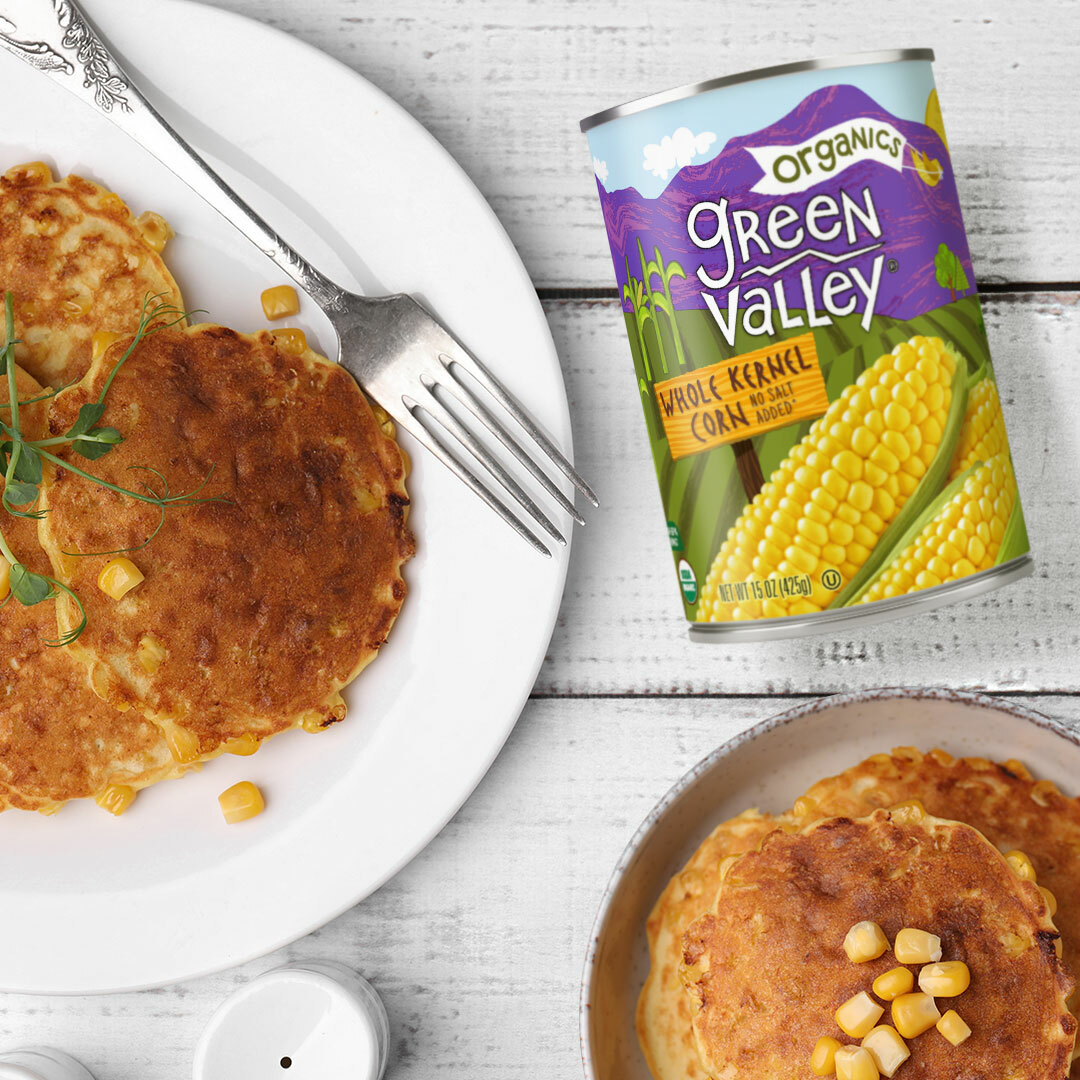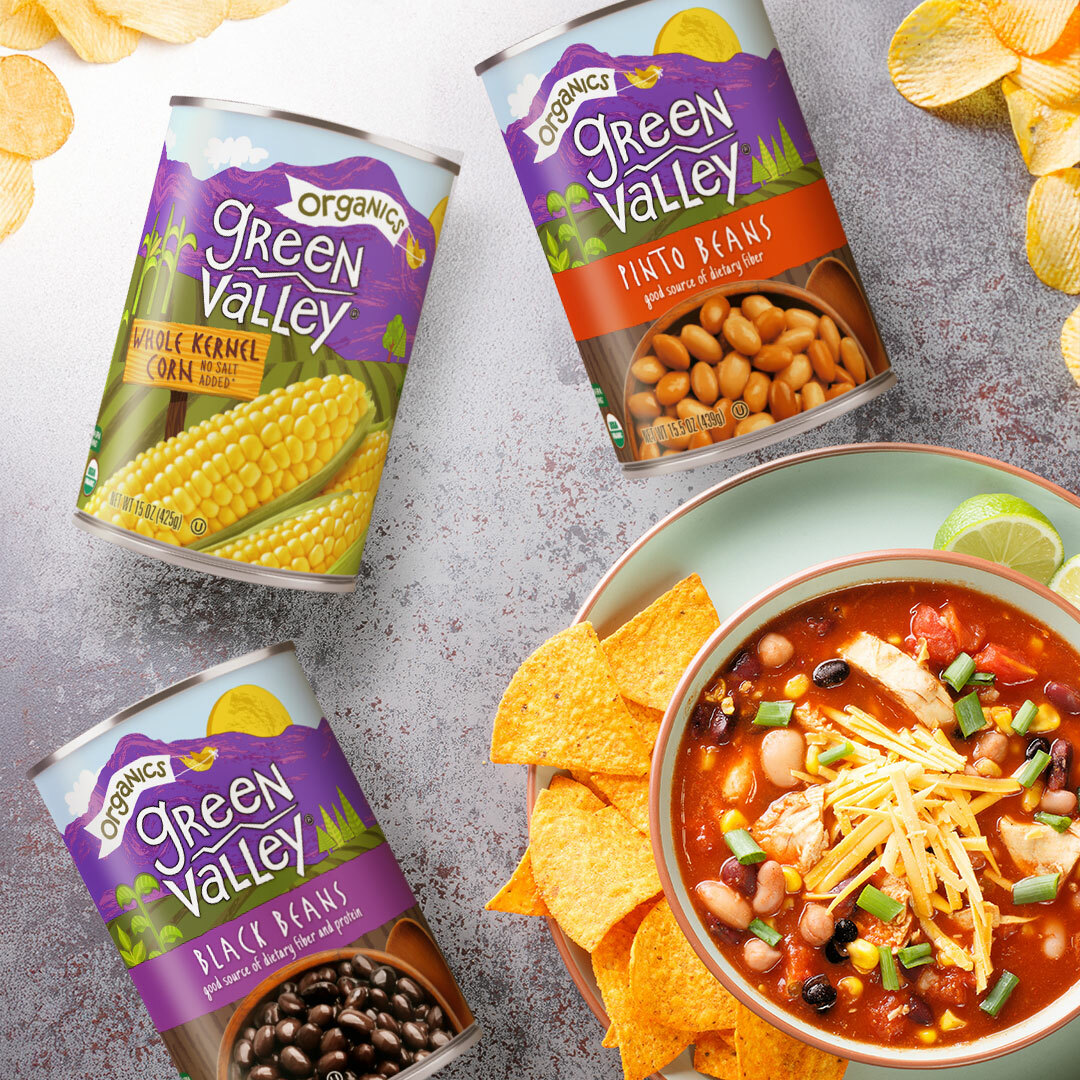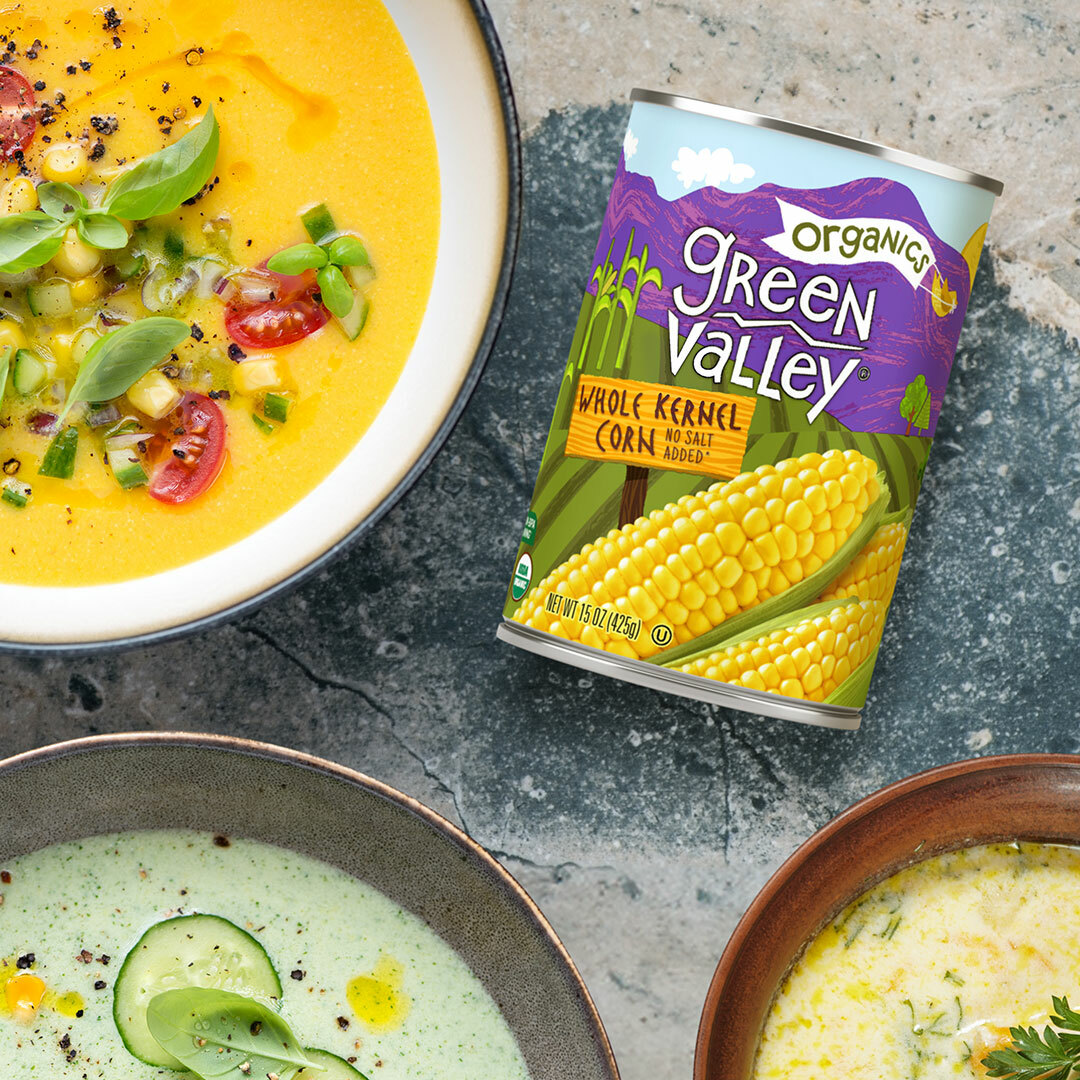Natural. Green. Certified. Organic. It’s all quite simple really. And we here at Green Valley value simplicity. And so do our farmers. We are all just doing our best to feed our family the best food we can. We hope Green Valley can help.
At its core, organic farming is back-to-basics farming.
USDA Certified Organic
When it comes to “organic” food specifically, the best way to think about it is food that goes back to the basics, where the farmer lets Mother Nature do her job. The USDA has created very strict standards by which every single farmer must follow in order to be certified that they’re doing just that. There are checks and balances, audits and tests all along the way.
If a product is labeled as certified “100% organic” it must have 100% organic ingredients and even just being labeled “organic” must mean that it has 95% organic ingredients or more.
Here’s how you know Green Valley is certified organic. You’ll see a similar label on other products in the store.
All organic farmers and organic foods must follow these core rules:
- Preserve natural resources and biodiversity
- Only use approved materials
- Do not use genetically modified ingredients
- Receive annual onsite inspections
- Separate organic food from non-organic food
- Support animal health and welfare
- Provide access to the outdoors so that animals can exercise their natural behaviors
- See what we mean about back to basics? It’s a simple idea, but an important process.
Right From the Farmer
We chatted with some Green Valley farmers to understand just what back to the basics means.
“Organic farming is about being in harmony with nature.”
“You can’t just plant a seed and go fishing for the rest of the day when you’re an organic farmer,” said one. “Just getting the seed out of the ground is the biggest battle.”
The step-by-step process of growing organic produce is quite different from conventional farming. Every step of the way is tough work — an unpredictable adventure at times — all with checkpoints along the way to ensure that we’re “respecting and protecting the organic label.”
How Organic Vegetables are Grown
To understand how that certified organic product ends up packaged on the shelf, we have to start at the very beginning. We start with the soil.
- The Soil
Organic soil is crucial. It must be synthetic-free for at least three years before a single seed can be planted. That means no chemicals are in the ground, or used as fertilizer or pesticides, or found in compost. Only natural grazing, tilling, and maintenance of the land in preparation for the seed.
- The Cultivation
Then there’s caring for the seedling and crop. Organic farmers rotate crops on an ongoing basis, pushing for diversity in order to control weeds, enrich the soil and properly grow crops without the use of synthetic chemicals in pesticides and fertilizers.
“You don’t do this for the money. It’s time consuming. But it’s a nice way to live — and it’s the right thing to do.”
- The Harvest
When the crop is ready to be harvested, it must be done in a way that is not destructive to the environment, protecting the land for sustainable growth and production of a future crop.
- The Transportation
We may have a nostalgic mental image of organic crops being tossed in the back of a pickup truck and driven down a dirt road to a farmers’ market. But in actuality, organic field equipment must be thoroughly cleaned, inspected, and approved before they can carry the harvested organic crops.
- The Processing
Just like each step before it, the USDA inspectors check, rate, and approve this final step before your delicious organic food is sent to your local store and prepared for tonight’s family dinner. That means there are no synthetic additives in your food.
It’s a lot of work. No doubt about it. But since the day our adventure began by knowing one farmer, who knew another guy 10 miles up the road, we’ve been big believers in hard work for a delicious, healthy cause. And now, all 11 of our organic growers put in long hours on their 3,000+ acres to bring all of us only the best organic foods.

 Savor the final days of winter with 5 cozy recipes
Savor the final days of winter with 5 cozy recipes
 Savor the final days of winter with 5 cozy recipes
Savor the final days of winter with 5 cozy recipes
 Dive heart-first into these one-pot recipes
Dive heart-first into these one-pot recipes
 Welcome Veganuary with open arms…and a busy kitchen!
Welcome Veganuary with open arms…and a busy kitchen!